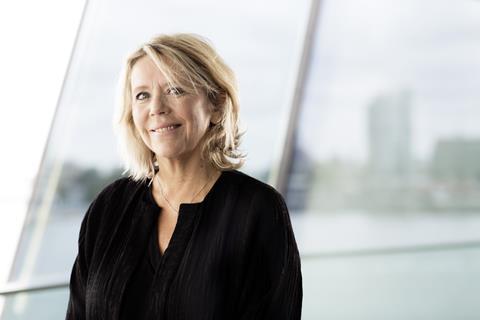
The international profile of Dutch cinema has been rising steadily.
Last year, 29 Dutch films won awards at major film festivals, while 341 international festivals selected a Dutch feature.
Dutch directors have also been making waves. Halina Reijn’s US-made Babygirl secured a best actress award for Nicole Kidman at the Venice Film Festival, while Sven Bresser’s debut feature Reedland, chosen as this year’s Dutch Oscar contender, was one of the best-reviewed films in Critics’ Week at the Cannes Film Festival in May.
Against this backdrop, Sandra den Hamer, director of the Netherlands Film Fund, is welcoming festival programmers, distributors and sales agents to this week’s inaugural NLWave25, which takes place in Utrecht from September 24-26 on the eve of the 45th Netherlands Film Festival.
She talks to Screen about the two-day event, which will give the international industry a first look at 44 hot projects from the Netherlands, ranging from completed films to works in progress.
How has the local Dutch industry responded to the idea of NLWave?
Very positively. Some of our filmmakers and producers do already have relations with international partners, but many don’t. It’s like a pressure cooker – filmmakers, producers with projects now brought together with representatives of major festivals and sales agents – and for just two days. It’s about building contacts and networks and having fun together.
Dutch films have won several international awards recently. Do you take credit for that?
It’s never the work of the Fund; it’s always the filmmakers. If you see the harvest of Dutch films, we can be proud. There are some very adventurous, challenging projects. What I like is that at NLWave25, you can see the whole crop.
Is there a new wave of Dutch filmmakers coming through?
I do believe there is energy and talent here. It’s a booming industry. We are seeing a big increase in terms of production volume in the Netherlands. We still have to fight for a cinema audience, though. Last year, [Dutch filmmaking] did well because of the commercial success of some children’s films, but there’s heavy competition. Internationally, last year was a good year for Dutch cinema.
NLWave25’s programme encompasses dramas, animation, and documentary. What are the trends you’re seeing in Dutch production?
The Fund works a very delicate balance, of having art films, films for a broader public, youth films, animation. We work for the Dutch public and it is public money. For the selective funding, we can only support 20 feature films a year so we are very picky. We want balance and variety to cater for different audiences and to make room for new voices. That’s reflected in the NLWave25 programme. There are children’s films and animation such as Mischa Kamp’s project pitch Hanneke & Fiet and Mascha Halberstad’s work-in-progress King; challenging documentary projects, including Tom Fassaert’s Between Brothers, and dramas from talented young directors like Sven Bresser and Mees Peijnenburg.
You’re giving the delegates a chance to visit the huge Eye Film Museum exhibition for Tilda Swinton. Is it a coincidence that it overlaps with NLWave25?
Yes. [Dutch film promotion body] See NL, which is part of the Eye Film Museum, is our partner. We are all looking forward to the exhibition. It’s a very special treat for the international guests who can see the exhibition on Friday before it opens its doors to the public.
Is it a sign of closer ties between the Netherlands and the UK film sectors?
Over the last few years, we have built on our relationship with the British Film Institute. On selective funding, we have a lot of talks with [BFI Film Fund director] Mia Bays about how we can bring together Dutch and UK filmmakers. We are quite close [geographically] and Dutch filmmakers are interested in working with the UK. We signed a memorandum of understanding with the British Film Commission last year, and there is interest from the industry side to work together and from the artistic side to explore cooperation.
What are your hopes for the first NLWave25?
My hope is that it is not just a one-off. It’s about how we feel – do we want to see each other again? If the atmosphere is good, that is more than enough for a start.

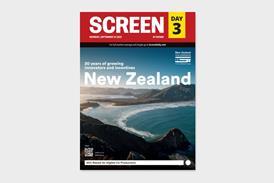
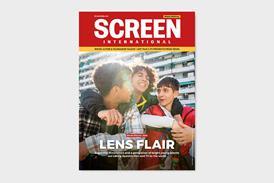
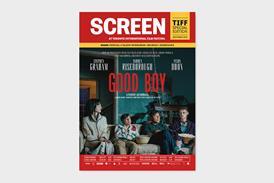
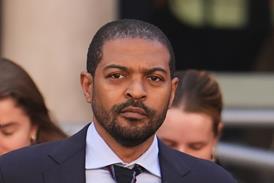
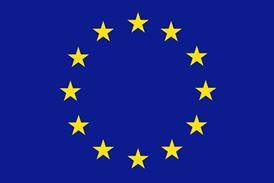
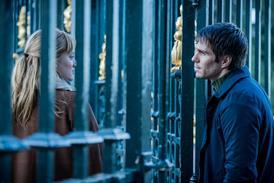
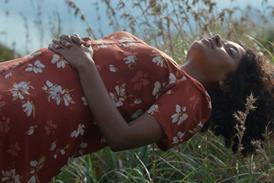
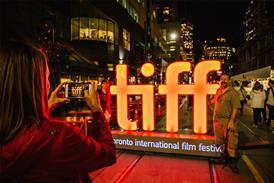
![[Clockwise from top left]: 'The Voice Of Hind Rajab', 'A House Of Dynamite', 'Jay Kelly', 'After The Hunt', 'The Smashing Machine'](https://d1nslcd7m2225b.cloudfront.net/Pictures/274x183/1/7/0/1459170_veniceawards_837515.jpg)
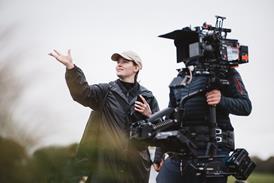

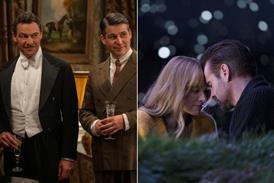
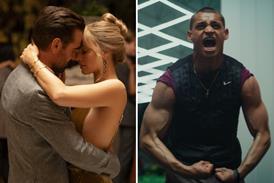
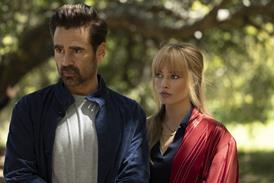
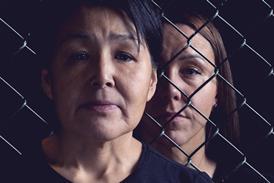
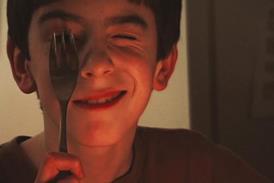
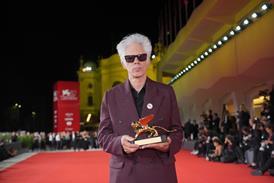
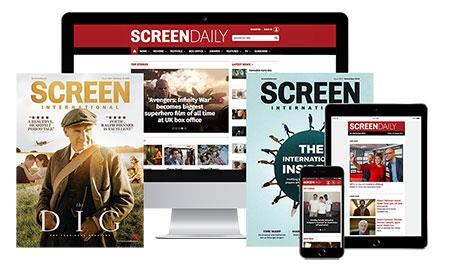






No comments yet